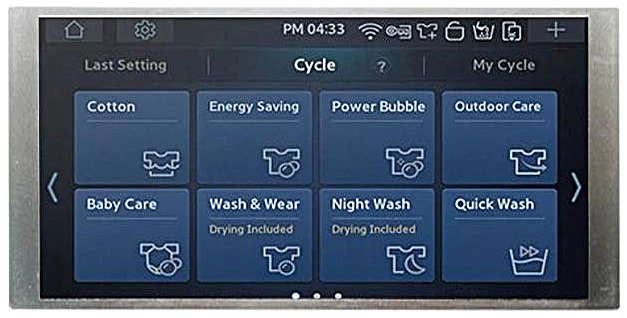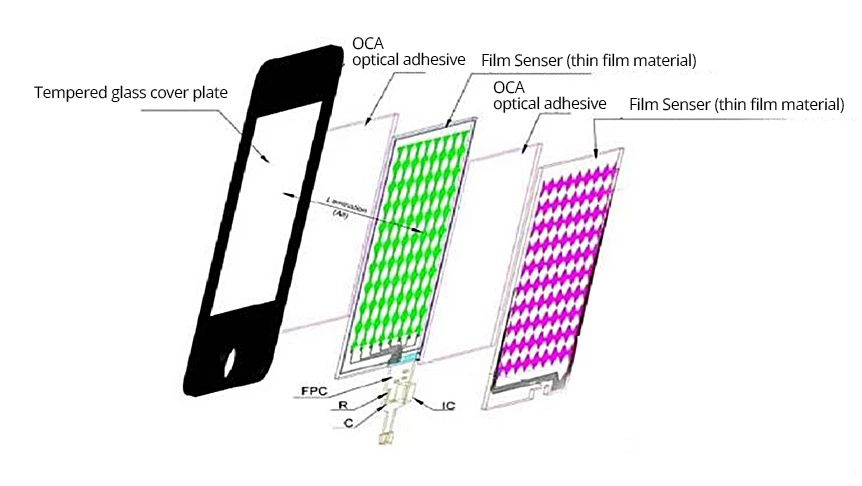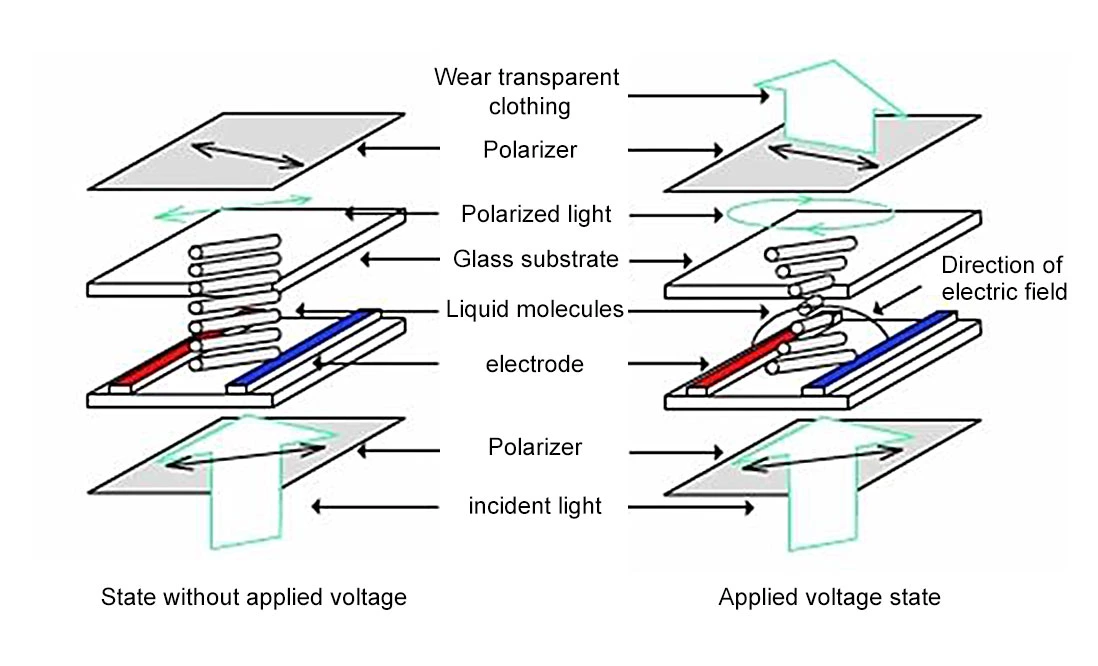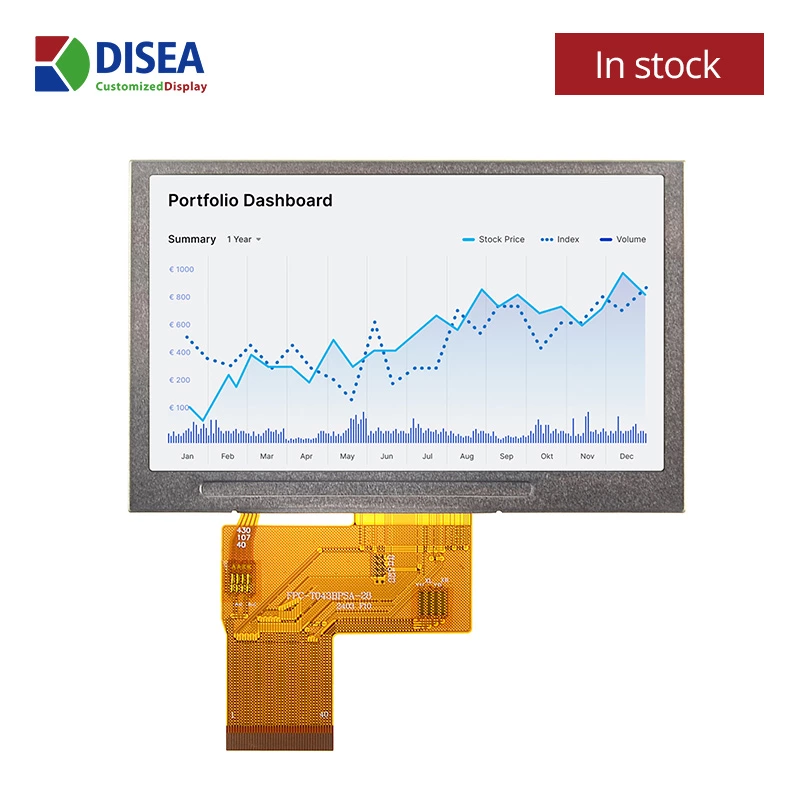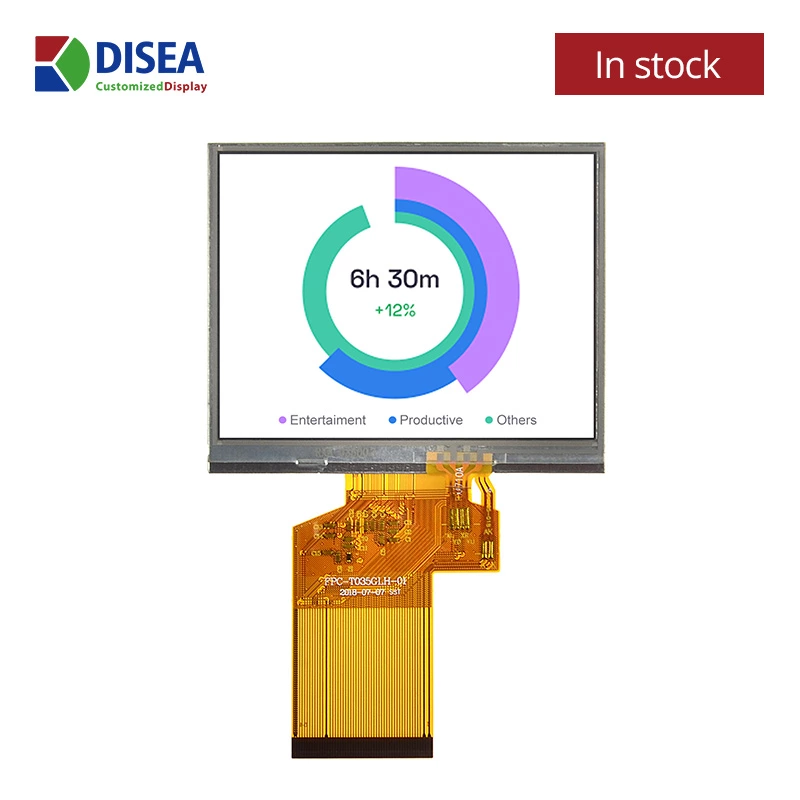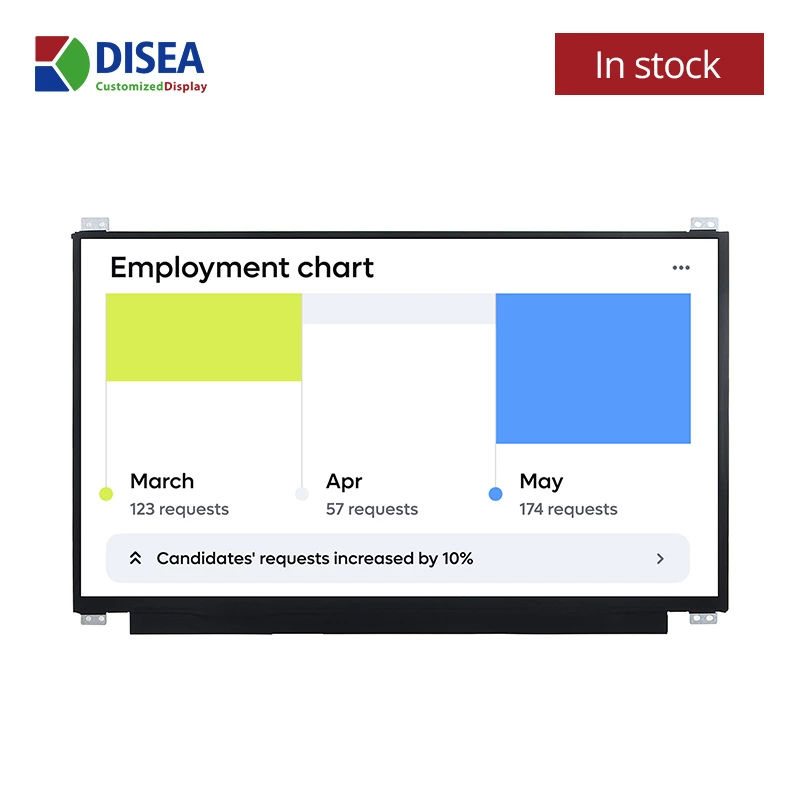Unlocking the Secrets of LCD Screens: A Deep Dive into Interface Types and Their Functions
LCD screens have a variety of interface types, with the most common being RGB, MCU, LVDS, and MIPI. Below is a brief overview of these LCD interface structures and principles:
1. RGB Interface
The RGB interface on an LCD screen works by varying the red (R), green (G), and blue (B) channels and combining them to produce a full spectrum of colors. RGB stands for the primary colors red, green, and blue, which, when mixed, can create almost all the colors perceived by the human eye. An RGB channel typically uses 8 bits per color, allowing for 256 levels per channel, which together produce approximately 16.78 million colors (256×256×256), commonly known as 24-bit color. Other formats include RGB555, RGB565, RGB32, and RGB666, each offering different color depths.
2. MCU Interface
The MCU interface is primarily designed for small microcontroller-based applications, such as mobile phones. This interface is cost-effective and widely used in smaller displays. The MCU interface follows the 8080 bus standard introduced by Intel and operates in two modes: 8080 and 6800, which differ in timing. Data can be transferred in 8-bit, 16-bit, 18-bit, or 24-bit formats. The key advantages of the MCU interface are its simplicity and the absence of a need for clock or sync signals. However, it consumes significant GRAM and is typically limited to screens smaller than 4 inches.
3. LVDS Interface
LVDS, or Low Voltage Differential Signaling, is an interface technology that transmits data using low voltage swings (around 350mV) across PCB traces or balanced cables. This approach minimizes power consumption and electromagnetic interference (EMI), making it ideal for high-bandwidth data transmission. LVDS allows signals to be transmitted at several hundred Mbps with low noise and power consumption.
4. MIPI Interface
MIPI (Mobile Industry Processor Interface) is a newer standard developed by the MIPI Alliance for mobile processors. MIPI interfaces, particularly DSI (Display Serial Interface) and CSI (Camera Serial Interface), are designed to support complex display and camera applications. These interfaces are continuously being refined and are now widely adopted in mobile devices.
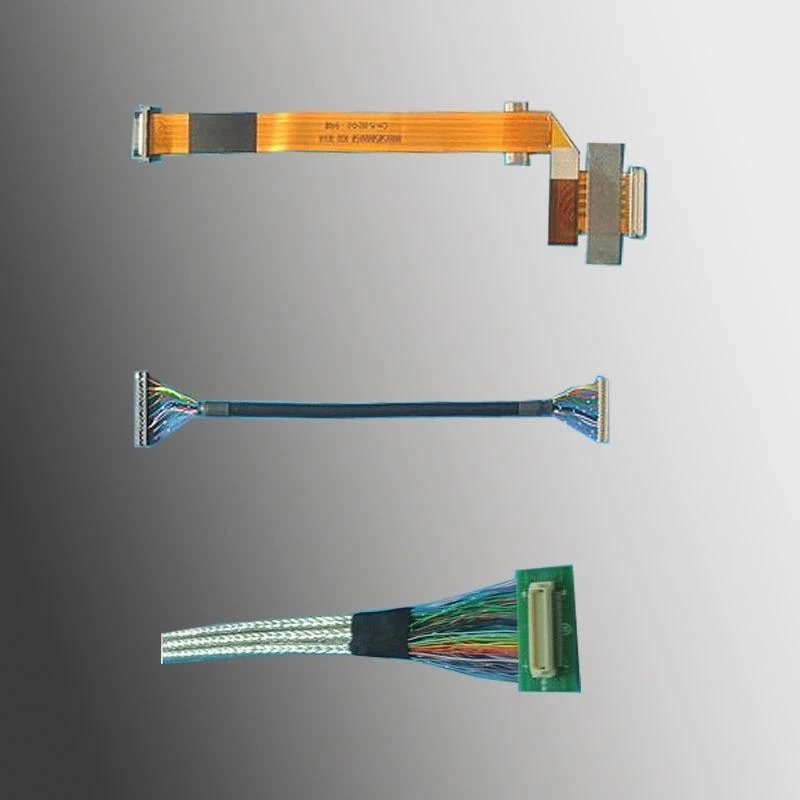
When choosing or customizing an LCD screen, the type of interface is usually determined by the motherboard's interface. The appropriate interface can be selected to achieve the desired display outcome through proper software driver configuration.
This translation summarizes the information in your original text and provides a clear explanation in English.
